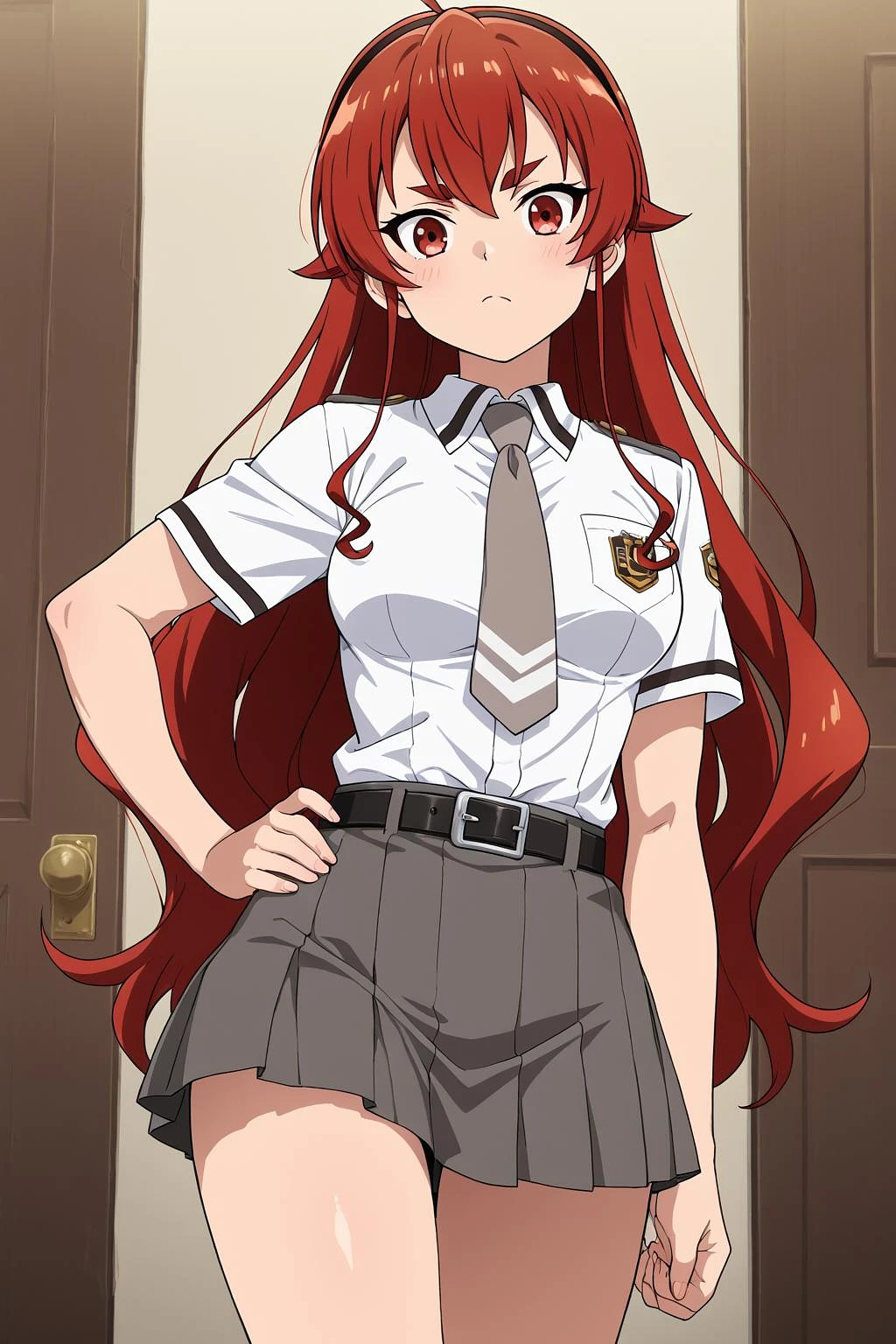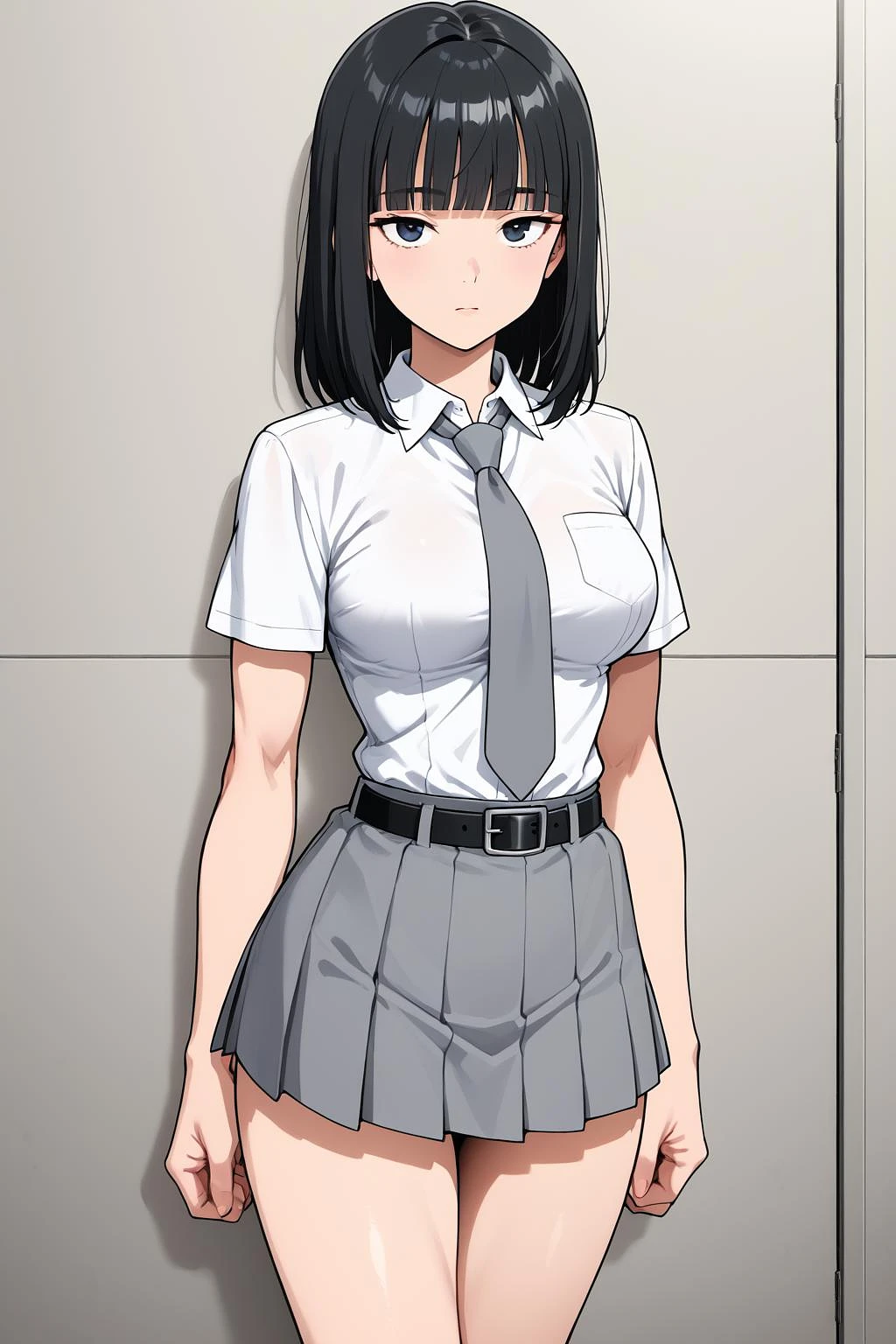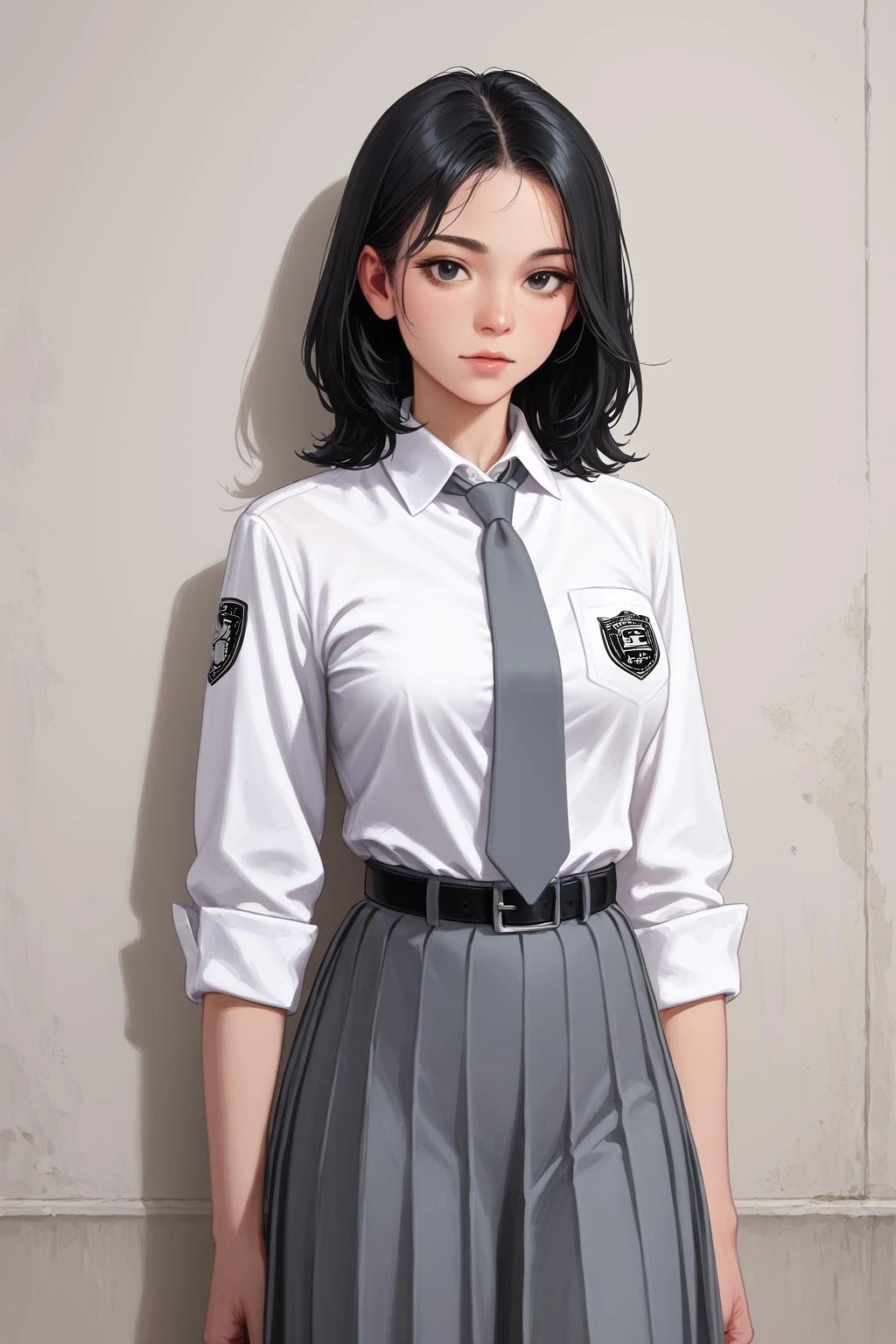ourIllustrious
v1.0ourIllustrious v1 – an all-around model that excels at both realism and anime WITHOUT ANY LORAs.
Prompt quality tags:
At the start of a positive prompt, I highly recommend adding the word: newest
At the start of a negative prompt, I highly recommend adding the word: oldest
If not using Textual inversion (embeddings) in positive prompt, always append at end of positive prompt: masterpiece, best quality
If not using Textual inversion (embeddings) in negative prompt, always append at start of negative prompt: 3d, worst quality, bad quality, low quality, lowres, blurry, censor, bad anatomy, deformed
Style modifiers:
For realistic images append at end of prompt: artstation, realistic
For 2D / anime images append at end of prompt: anime screencap, anime coloring
Textual inversion (embeddings): Use lazypos (positive) and lazyneg (negative) from janxd to steer style via textual inversion embeddings. (Recomendation)
Sampler & settings:
Sampler: DPM++ 2M Karras
Steps: 30.
Guidance (CFG scale): 2.
Resolution: 1024 × 1536 or any resolution with 1024 width or height.
VAE: Skip using VAE; built-in backend already handles it.
Model base: WAI-NSFW-illustrious-SDXL v14
What is ourIllustrious?
ourIllustrious is a highly specialized Image generation AI Model of type Safetensors / Checkpoint AI Model created by AI community user jancok. Derived from the powerful Stable Diffusion (Illustrious) model, ourIllustrious has undergone an extensive fine-tuning process, leveraging the power of a dataset consisting of images generated by other AI models or user-contributed data. This fine-tuning process ensures that ourIllustrious is capable of generating images that are highly relevant to the specific use-cases it was designed for, such as anime, 3d, base model.
With a rating of 0 and over 0 ratings, ourIllustrious is a popular choice among users for generating high-quality images from text prompts.
Can I download ourIllustrious?
Yes! You can download the latest version of ourIllustrious from here.
How to use ourIllustrious?
To use ourIllustrious, download the model checkpoint file and set up an UI for running Stable Diffusion models (for example, AUTOMATIC1111). Then, provide the model with a detailed text prompt to generate an image. Experiment with different prompts and settings to achieve the desired results. If this sounds a bit complicated, check out our initial guide to Stable Diffusion – it might be of help. And if you really want to dive deep into AI image generation and understand how set up AUTOMATIC1111 to use Safetensors / Checkpoint AI Models like ourIllustrious, check out our crash course in AI image generation.
Popularity
Info
Latest version (v1.0): 1 File
1 Version
Go ahead and upload yours!


